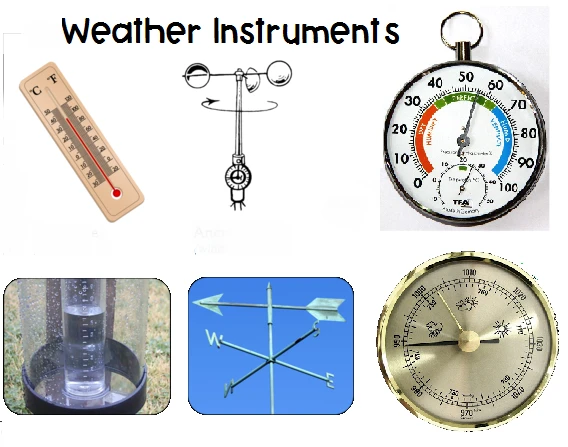
# Weather Gauges and Instruments for Accurate Meteorological Measurements
## Introduction to Weather Gauges
Weather gauges and instruments are essential tools for meteorologists, researchers, and weather enthusiasts alike. These devices provide accurate measurements of various atmospheric conditions, enabling us to understand and predict weather patterns more effectively.
## Essential Weather Instruments
### 1. Thermometers
Thermometers measure air temperature, one of the most fundamental weather parameters. Modern digital thermometers provide precise readings, while traditional mercury or alcohol thermometers remain reliable options.
### 2. Barometers
Barometers are crucial for measuring atmospheric pressure, which helps in forecasting weather changes. Mercury barometers and aneroid barometers are the two main types used in meteorological observations.
### 3. Hygrometers
These instruments measure humidity levels in the air. Psychrometers (wet-and-dry bulb thermometers) and electronic hygrometers are commonly used to determine relative humidity.
### 4. Anemometers
Anemometers measure wind speed and direction. Cup anemometers and vane anemometers are widely used, while ultrasonic anemometers provide more advanced measurements without moving parts.
### 5. Rain Gauges
Rain gauges collect and measure precipitation. Standard rain gauges have a funnel that directs water into a measuring cylinder, while tipping bucket rain gauges provide automated measurements.
## Advanced Weather Measurement Systems
Modern weather stations often combine multiple instruments into integrated systems. These automated weather stations can measure temperature, humidity, wind speed, wind direction, rainfall, and atmospheric pressure simultaneously, transmitting data in real-time.
Doppler Radar Systems
For large-scale weather monitoring, Doppler radar systems provide valuable information about precipitation intensity and movement, helping meteorologists track storms and predict severe weather events.
Weather Balloons and Radiosondes
These instruments provide upper-air observations, measuring temperature, humidity, pressure, and wind at various altitudes to create atmospheric profiles.
## Choosing the Right Weather Instruments
When selecting weather gauges and instruments, consider:
- Accuracy requirements
- Measurement range
- Durability and weather resistance
- Data recording capabilities
- Maintenance needs
## Maintenance and Calibration
Regular maintenance and calibration are essential for ensuring accurate measurements. Instruments should be:
- Cleaned regularly
- Protected from extreme conditions when possible
- Calibrated against known standards
- Checked for proper operation
## Conclusion
Weather gauges and instruments form the foundation of meteorological science. From simple thermometers to sophisticated radar systems, these tools provide the data necessary for weather forecasting, climate research, and environmental monitoring. By understanding and properly using these instruments, we can gather more accurate weather data to better understand our atmosphere.
Keyword: weather gauges instruments